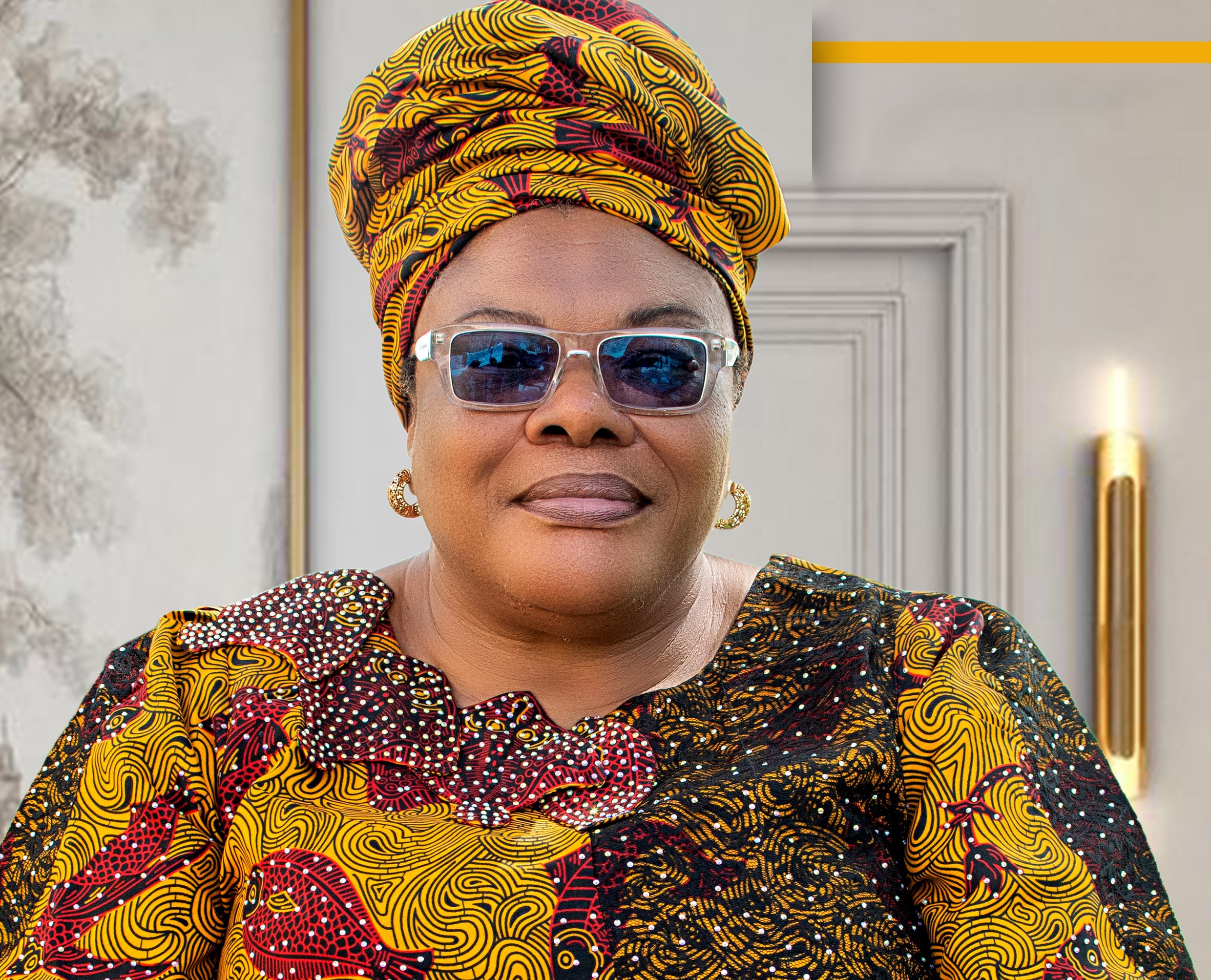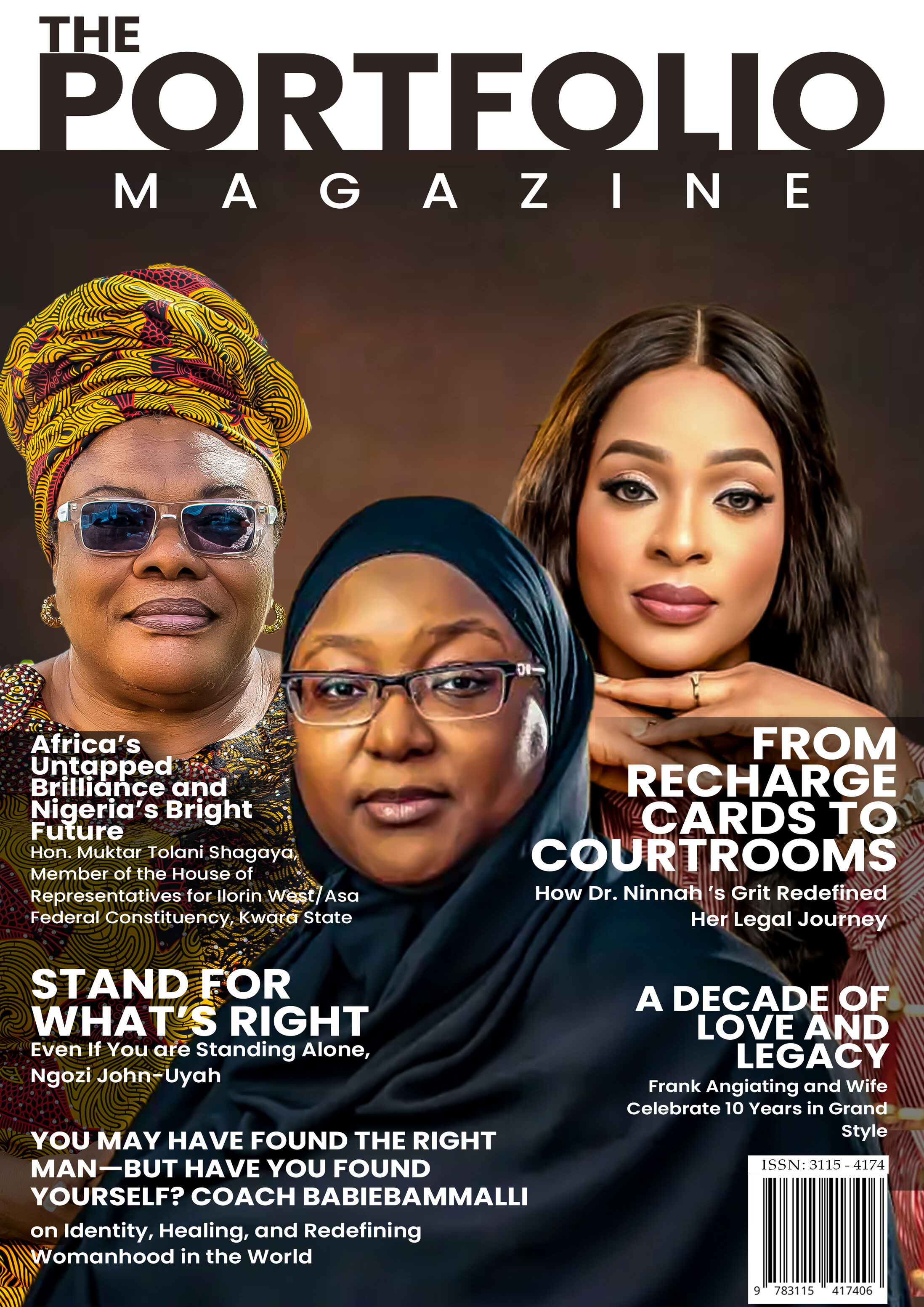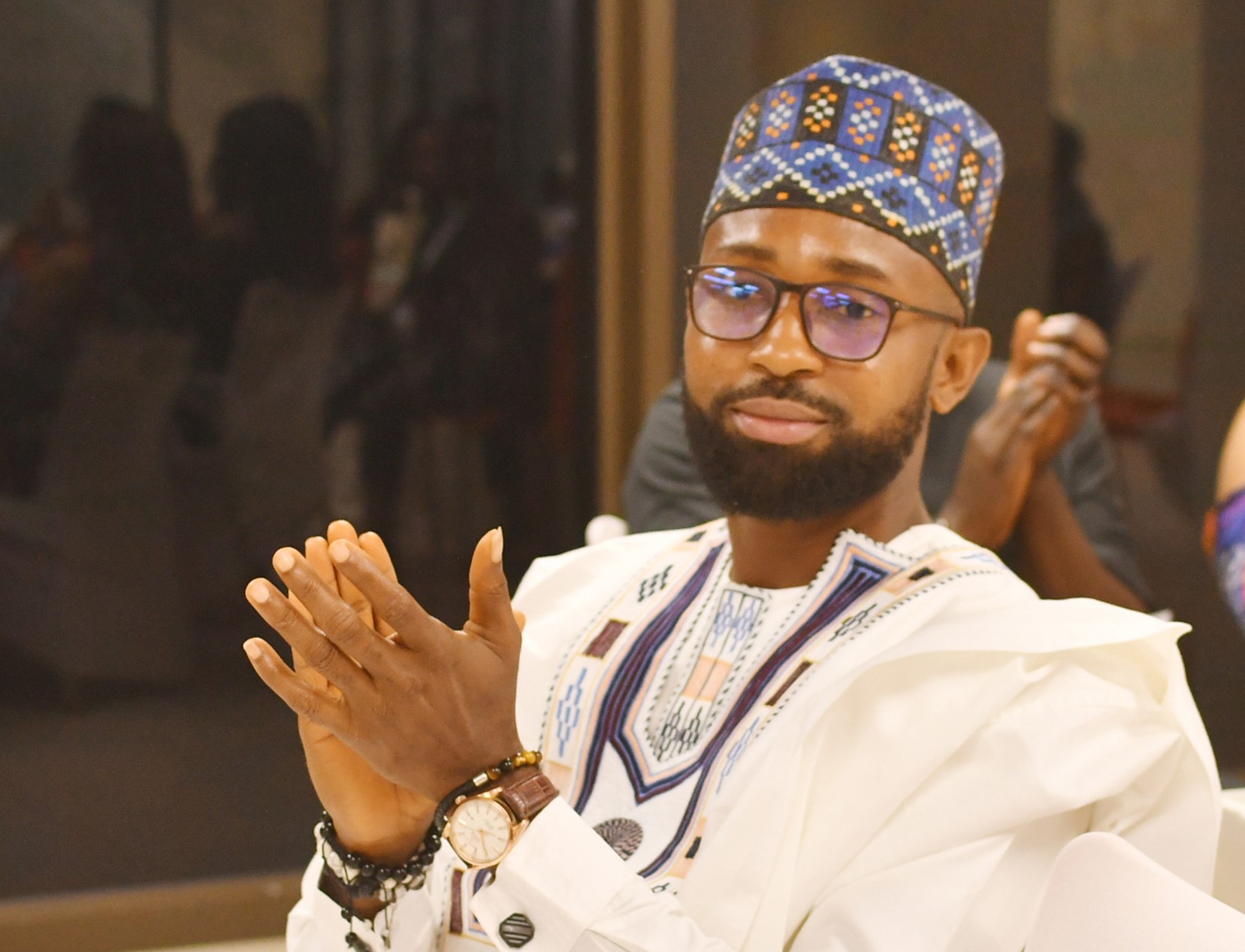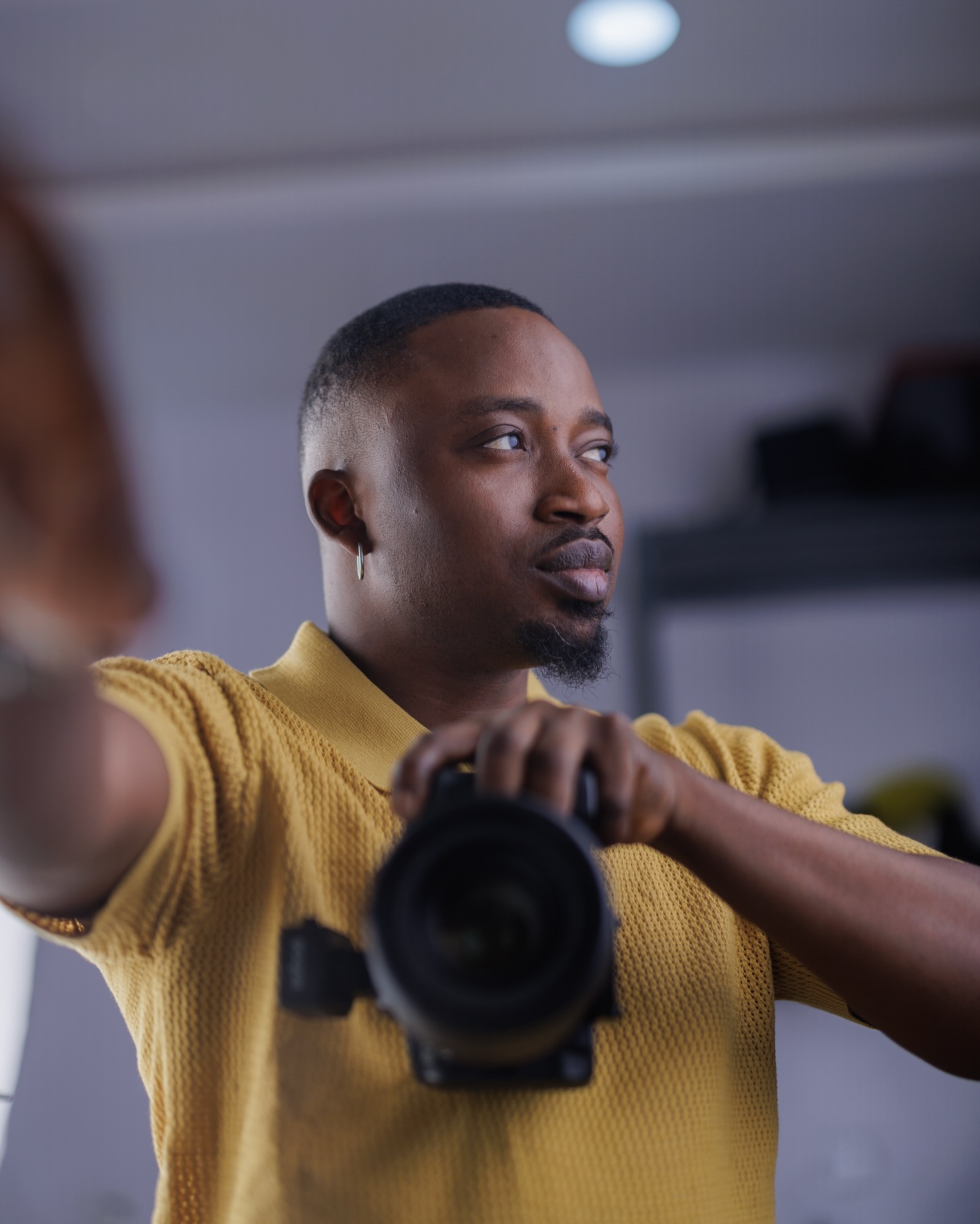
From a quiet thinker to a bold visual storyteller, Samuel Haston takes us on a journey through his lens — capturing beauty, culture, and moments that move the soul. In this revealing interview, he talks about life beyond the camera, his creative beginnings, the heart behind his art, and the dream project that still gives him goosebumps.
Who exactly is Samuel Haston when the cameras are off? Beyond the flash and edits, what truly defines you as a man and as an artist?
Hi, my name is Samuel Estein. I’m the kind of person who, apart from what I do online, people tend to perceive as curated and outspoken. But actually, I’m very reserved, calm, and I like to do things people generally don’t expect — like fishing, or sitting quietly to question life and reflect on why things are the way they are. That’s who I am at my core.
You grew up surrounded by… what? Tell us about your upbringing—what little quirks, cultures, or chaos from your early years molded the creative genius we see today?
I grew up with a very diverse cultural background. I remember attending a wedding when I was younger — it was a Hausa wedding, very beautiful and full of love, and there were also Igbo people there. I said to myself that one day, I’d love to be part of an event like that. Growing up, I realized it wasn’t enough to simply be there — it would be even better to capture those beautiful moments and the rich culture of the people.
These days, I find myself photographing weddings and celebrations from various cultures and walks of life, and it’s truly a beautiful experience. Interestingly,
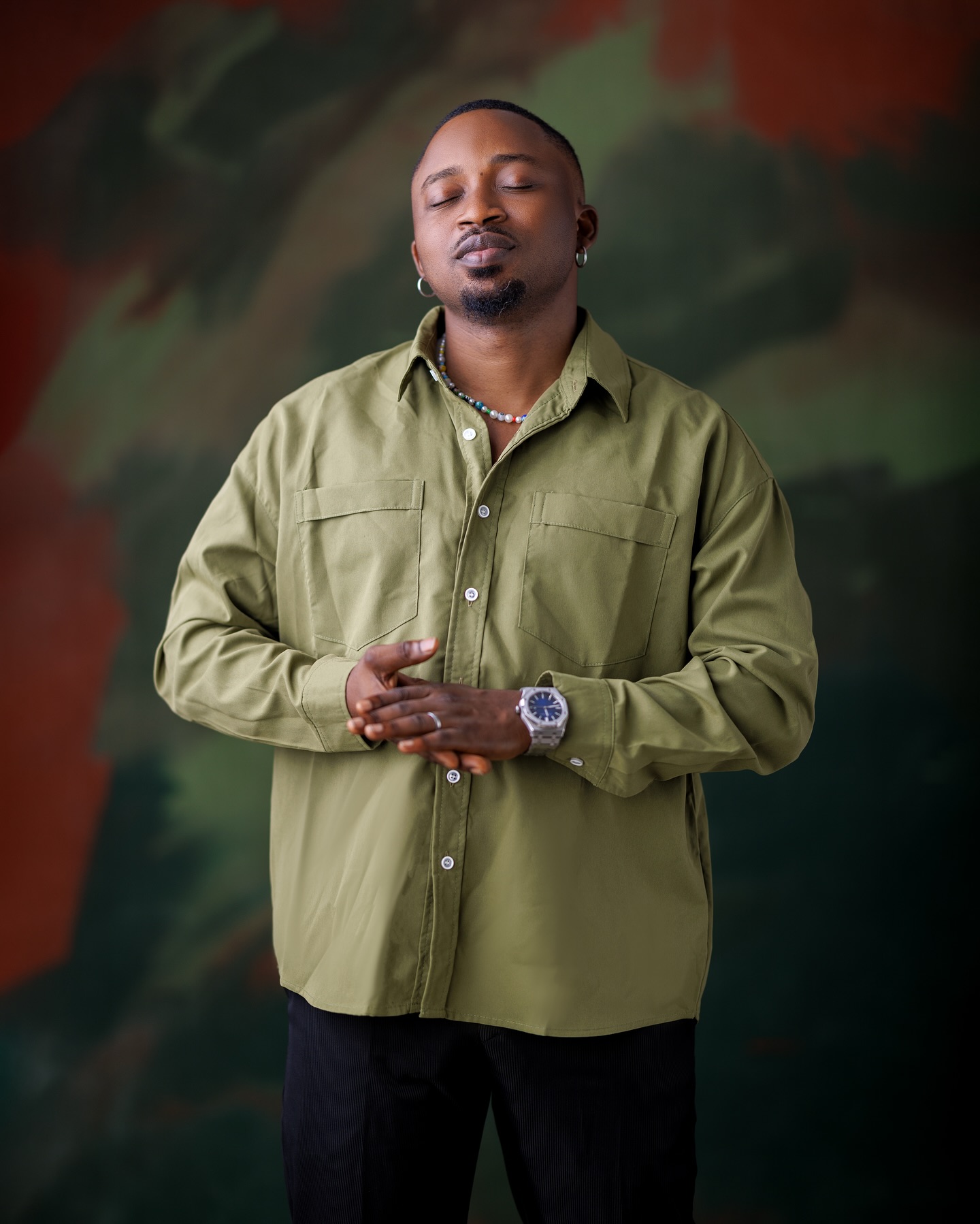
From school halls to photo walls—how did education (formal or street-smart) play a role in your photography journey, and what was your ‘aha!’ moment with the camera?
I didn’t plan to become a photographer. I’m actually a trained electric car engineer. But during my youth service, there was a day when I was casually taking photos at the local government office. The chairman noticed me and asked me to come take his photo. I picked up my camera and clicked the shot — and when I saw the picture, I was amazed. He liked it too and even asked for more photos, which I took. To my surprise, the photos turned out great, and he paid me. That moment inspired me — if I could do that and make someone happy, then I could certainly do it for others and earn from it. That was a big boost for me, and from then on, I started learning more and creating stunning images.
Why photography, though? With so many creative paths out there—music, film, fashion—what pulled you into this visual storytelling world and made you stay?
With photography, especially in my style — which I call Likoda photography or Likoda mode of art — I have the flexibility to document stories while staying behind the camera. I’m not someone who e njoys being in front of the camera; I love being behind it, and photography allows me to leverage that strength.
Let’s talk beauty. You’re known for capturing stunning women and top models. Is it love for aesthetics, an artistic obsession, or is there a deeper story you’re telling behind those eyes and poses?
There’s something about the female form — it’s very easy to tell a story through the feminine body, especially now with so many amazing fashion designers creating beautiful works. These designs often look their best when worn by women. Living in Lagos, I’ve noticed that fashion trends here revolve around women, especially African women, so I naturally gravitated toward that space. Men are generally less fashion-centered, so I see more creative opportunities working with women. That’s why much of my work revolves around women and their beauty.
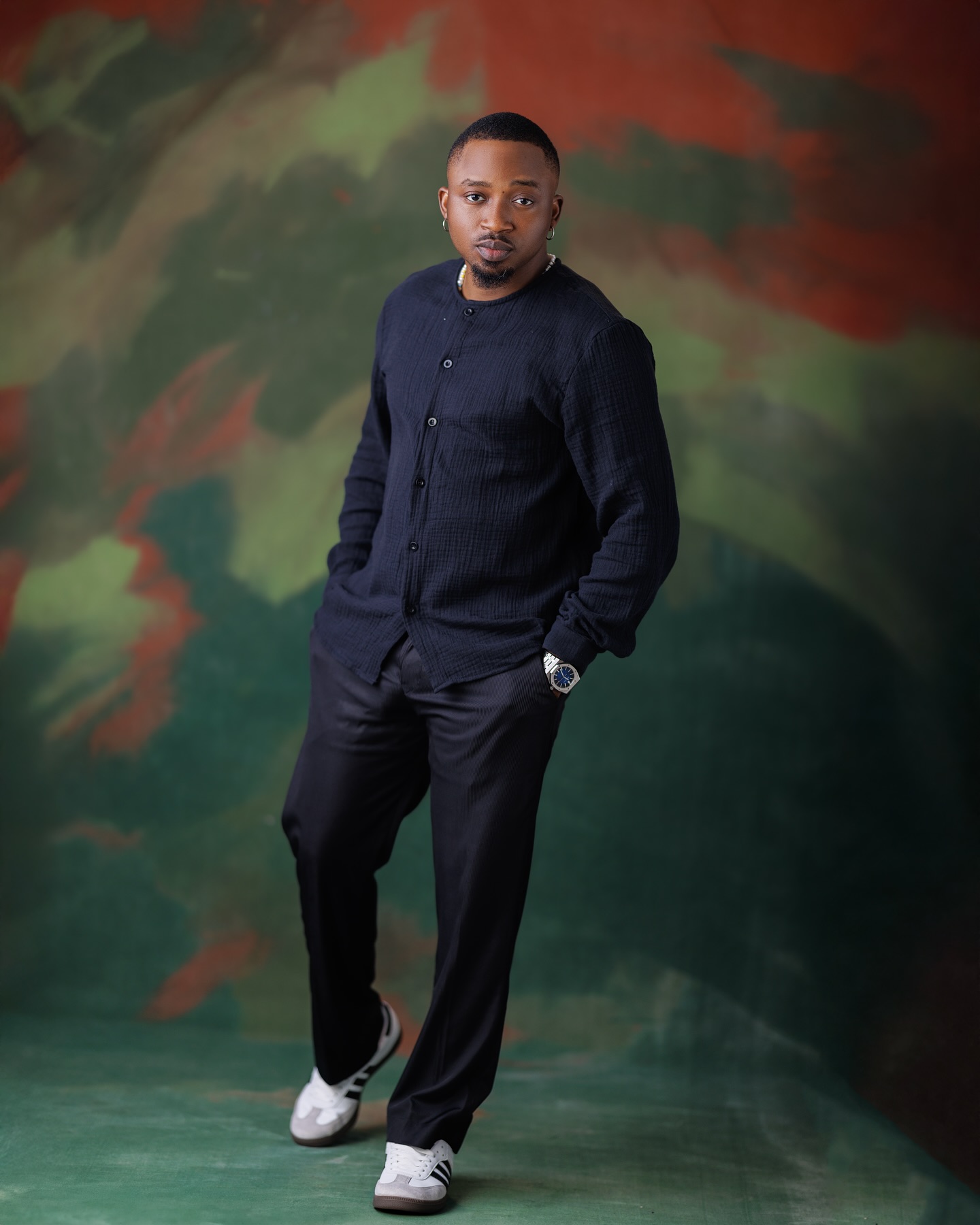
How would you describe your relationship with Nigeria’s creative scene—artists, musicians, fashion designers, and filmmakers? Do they embrace photographers, or are y’all still the ‘last to be paid’ at the party?
As for collaborations with fashion designers, our work is very intertwined. Without good photography, their work wouldn’t be showcased effectively. In turn, they provide us with great designs to shoot, so we work hand in hand — and we’re well compensated for it.
You’ve been part of shoots that scream African luxury, tradition, and innovation. How intentional are you about promoting African culture and heritage through your lens?
African culture and heritage are always reflected in my photography. Most of my shoot locations are here in Africa. People often ask about the places they see in my photos — many of them are historical or culturally significant. The way I capture a subject in a particular location draws attention to that place. Also, many of the outfits featured in my work are sourced locally from Nigerian designers. Through this, African culture is well represented in my art.
In a world where Nigerian music dominates globally, where is Nigerian photography? Are we getting the global recognition we deserve—or are we still shooting in the shadows?
I believe African art is going global. Artists like Burna Boy and Davido are putting our name on the global stage, and there are many talented photographers working with them, showcasing their art. I do think, though, that in the near future we need more platforms where photographers can exhibit their work more widely.
If your camera could talk, what behind-the-scenes drama or unforgettable moment would it spill—from unexpected shoot locations to creative partnerships that sparked magic?
I remember a particular shoot I did recently at the beach. The shoot was originally scheduled for 2 p.m., but it got delayed to 6 p.m. and by then it was raining. We ended up shooting in the rain, and to my surprise, the images turned out beautifully — with the model wet and dripping under the rain. It was supposed to be a dry shoot, but the result was magical. Since then, more people have been asking to recreate that kind of image. It was a real “wow” moment for me because it was so unexpected.
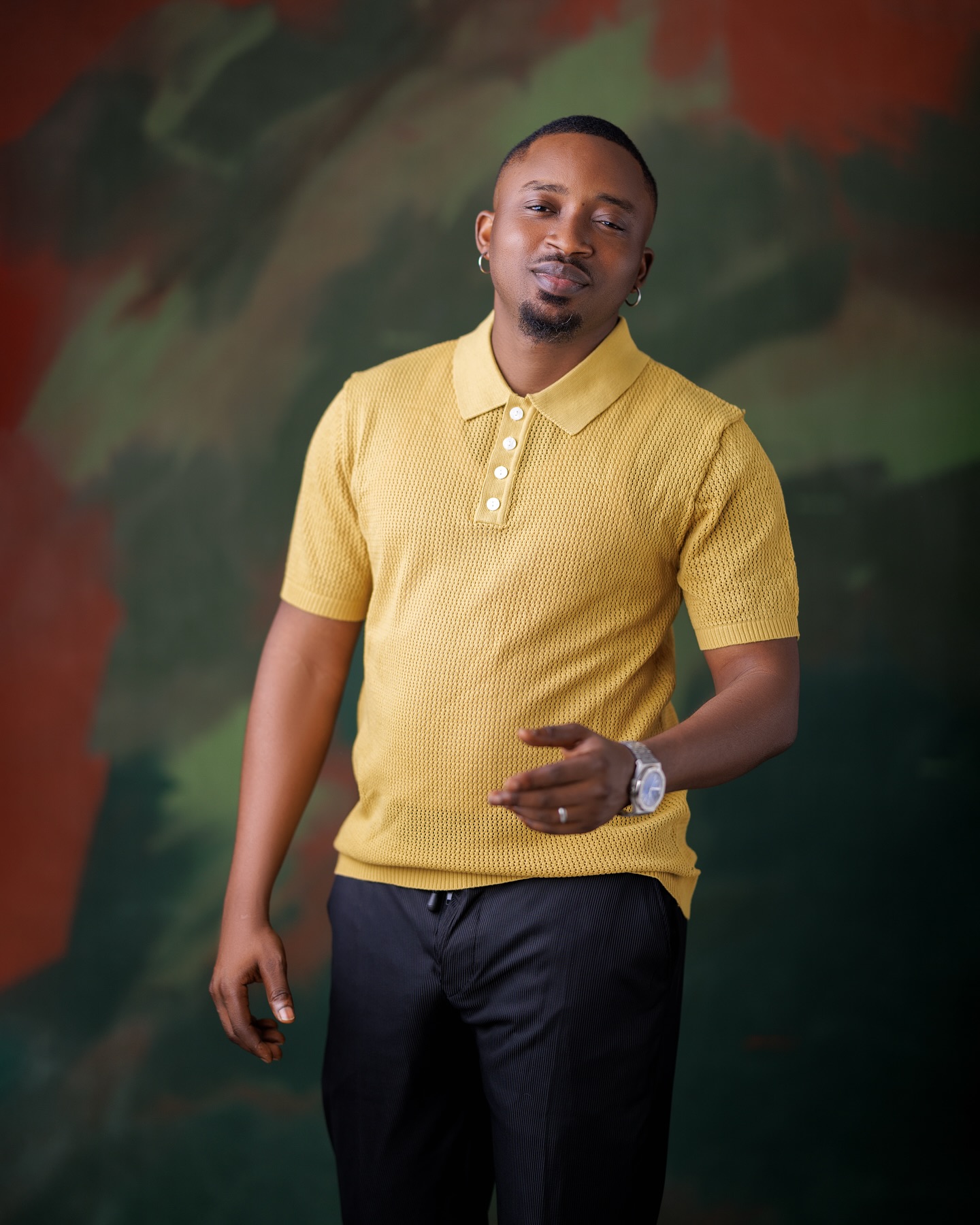
Finally, what’s your dream project—something so bold it scares you a little—but if done right, could redefine how the world sees African photographers and our cultural power?
Like with any form of art, there’s no magic unless it scares you a little. One dream I have is to do a shoot at Obudu Cattle Ranch, on the highest point of the cliff — photographing a couple during their engagement session. It’s a bit scary — the distance from Lagos is about an hour and a half by flight, and then an eight-hour drive. The logistics and the risk are big, but it’s a dream of mine. One day, I know I’ll achieve it, even though it scares me a little — but that’s part of what makes it exciting.

